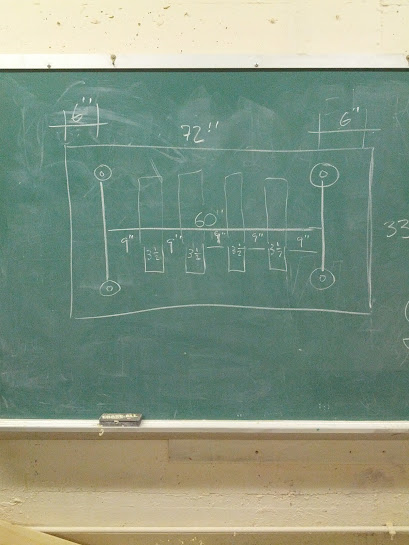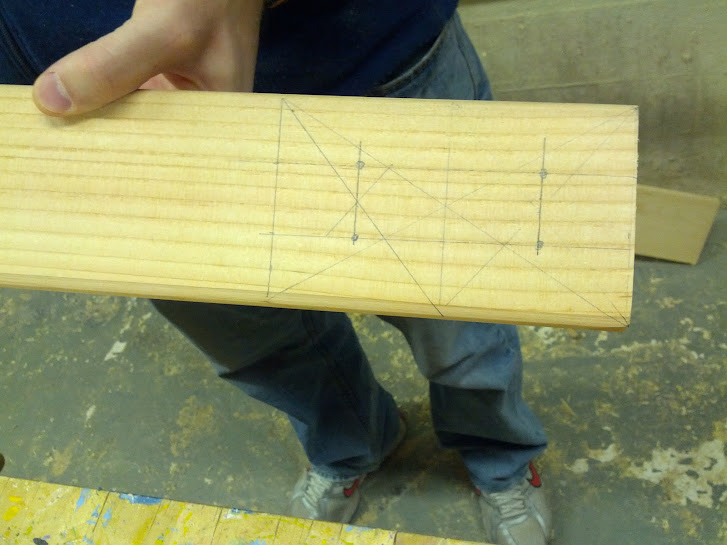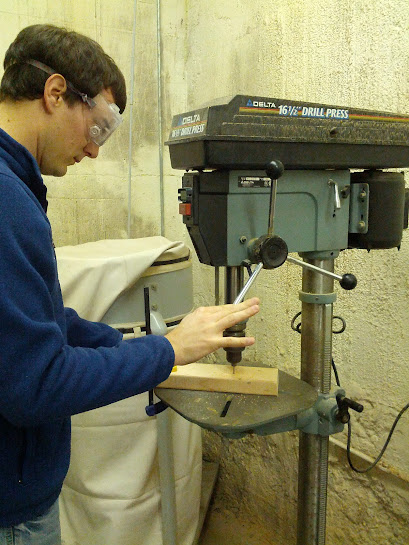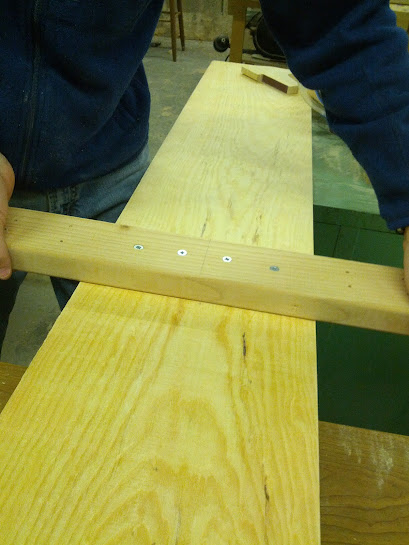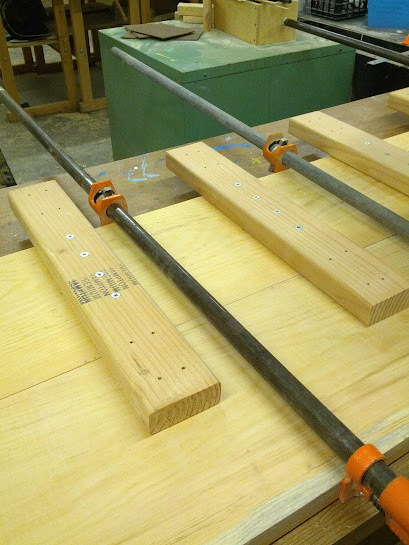Months and months ago, I'd read about some woman who made a jewelry stand using old plates and candlesticks. The stands she created were adorable, and I longed to have one of my own. I found a few similar items on Esty, but they costs more than I wanted to pay. So, I went the DIY route. I made a little trip to a nearby Salvation Army, and bought three plates, each for exactly $1.00.
 |
| Counter-clockwise: Small, medium, large. |
For many, many weeks, they have sat on the dresser in my bedroom, the two smaller plates stacked on top of one another, holding whatever jewelry (mostly earrings and bracelets) that gets thrown upon them at the end of the day.
My initial plan has always been to stack the three plates on top of one another to create a three-tiered stand. However, I had great trouble finding an item that would serve as a connecting piece. Most bloggers had used candlesticks, but after several searches, I had yet to spot any candle holders that I thought were small enough or attractive...that is...until...yesterday.
Yesterday, I made one of my infamous trips to Target or should I say...Tar-jhey. I have a slight problem because I can't seem to walk out of Target without buying about 10 more items than I originally planned on buying. It's really a problem. Nonetheless, while perusing the aisles of the store, I found this little cutie and knew my jewelry stand dreams were about to come true.
 |
| It's a very little, glass candlestick! |
I fell in love with it immediately. The picture doesn't do it justice, but it is small, shapely and unassuming. It definitely wouldn't distract from the beauty of the plates and the small circumference of the top would eat up very little jewelry space on the plates.
Before using the Gorilla Glue to affix the candlestick to the plates, I used a damp cloth to wipe down both the small and medium plates along with the candlestick. Then, I flipped the smallest plate so that it's bottom was facing up. I was very very lucky because the candlestick actually fit perfectly inside the rim on the underside of the plate. Ready for action, I uncapped the Gorilla Glue and got ready to work.
I squeezed a thin line of glue around the larger end of the candlestick and then placed the candlestick atop the plate's bottom. Once that was done, I carefully placed a heavier object atop the other end of the candlestick for about a minute to ensure that the two materials bonded.
 |
| Who knew a bowl of cherry tomatoes would be so helpful?! |
After a minute was up, I gently lifted the candlestick to see if it had taken to the plate. Waaaaah, waaaaah, waaaaah. It was a failure!
I went back to the packaging instructions, thinking I must have missed something.
P.S. Information on the headboard project will be forthcoming. I have not forgotten!
 |
| That's my,"Grrrr. I'm frustrated!" face. |
I went back to the packaging instructions, thinking I must have missed something.
"Bonds Metal, Wood, Ceramics, Leather, Paper, most Plastics and More." -- That's not the problem. "Excess glue can cause delayed or failed bond." -- Hmmmm. Maybe I wasn't as sparing as I should have been!
Guessing this is where I'd gone wrong, I wiped off any glue that lingered on the surface of both the plate and the candlestick with a damp paper towel, and tried again. This time, I was careful to squeeze out as little glue as possible. I also replaced the bowl of tomatoes and applied pressure with my hands for over a minute. I won't leave you in suspense. Unfortunately, all of these precautions made no difference! Grrrrr. The bowl and candlestick still weren't connecting.
But I still wasn't giving up! Again, I cleaned any glue remaining on the two objects. On my third and final try, I did not apply glue to entire rim of the candlestick. Instead, I applied glue onto five tiny sections of the rim. I applied pressure for a minute, and then I let the candlestick sit for several more minutes, before checking for success/failure. Guess what?!?! This time, it still didn't work! Grrrrrr.
But I still wasn't giving up! Again, I cleaned any glue remaining on the two objects. On my third and final try, I did not apply glue to entire rim of the candlestick. Instead, I applied glue onto five tiny sections of the rim. I applied pressure for a minute, and then I let the candlestick sit for several more minutes, before checking for success/failure. Guess what?!?! This time, it still didn't work! Grrrrrr.
Obviously, I'd mis-stepped somewhere, and realized I'd have to go to the source of all knowledge on Gorilla Super Glue - the Gorilla Glue website. Using their convenient product chart, I checked out the specs of my Gorilla Super Glue. Guess what?!? Gorilla Super Glue does NOT work on glass. Who feels dumb now? Me!! I obviously needed to be more thorough in the future. Grrrrr.
Back to the drawing board...
P.S. Information on the headboard project will be forthcoming. I have not forgotten!







